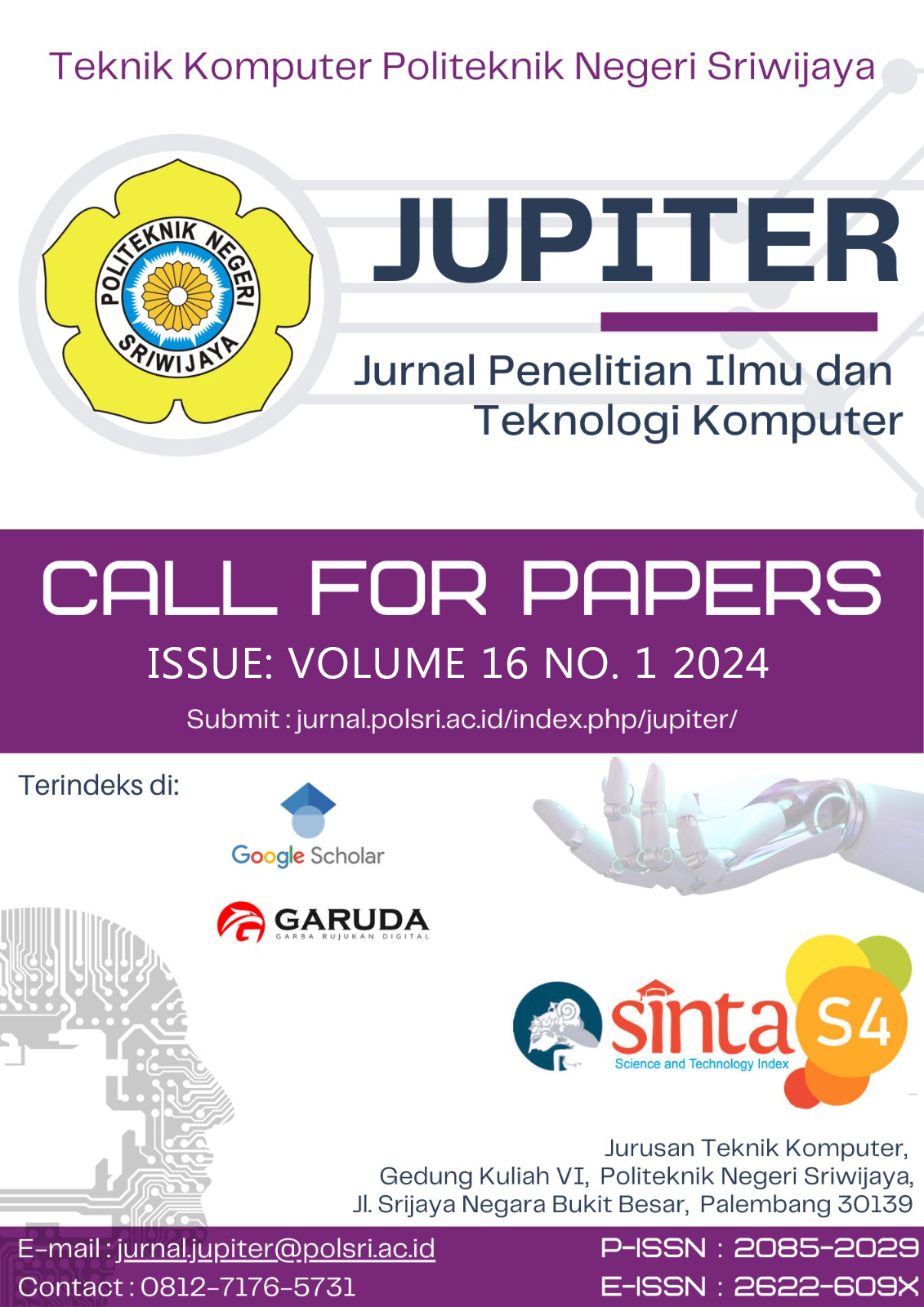Komparasi Teknik Bagging Dan Adaboost Pada Decision Tree Dan Naive Bayes Untuk Prediksi Stroke
DOI:
https://doi.org/10.5281/zenodo.10790777Abstract
Stroke, also known as cerebrovascular accident (CVA), is a condition where there is a sudden disruption in brain function due to circulation problems, which can result in paralysis or even death of brain cells. There are two main types of stroke: ischemic, caused by blockage of blood vessels, and hemorrhagic, caused by bleeding into the brain. In Indonesia, stroke is the leading cause of death with an increasing incidence rate. Therefore, early prevention and treatment efforts are crucial in managing this condition. Data mining and machine learning have become important tools in predicting the risk of stroke. In this study, ensemble techniques, particularly bagging and adaboost, were applied to decision tree and naive bayes algorithms to improve accuracy in predicting stroke. The results showed that the use of ensemble techniques, especially adaboost, significantly improved the performance of the naive bayes algorithm, with an increase in accuracy of up to 7.42%. The combination of decision tree algorithm with bagging achieved the highest accuracy in predicting stroke, reaching 96.91%, followed by the combination of decision tree with adaboost and naive bayes with adaboost. These results indicate that ensemble techniques can significantly improve the performance of stroke prediction algorithms, with an emphasis on using adaboost for naive bayes algorithm and bagging for decision tree.
Downloads
Downloads
Published
How to Cite
Issue
Section
License
Copyright (c) 2024 Hafsah Mukaromah, Wasilah

This work is licensed under a Creative Commons Attribution 4.0 International License.







